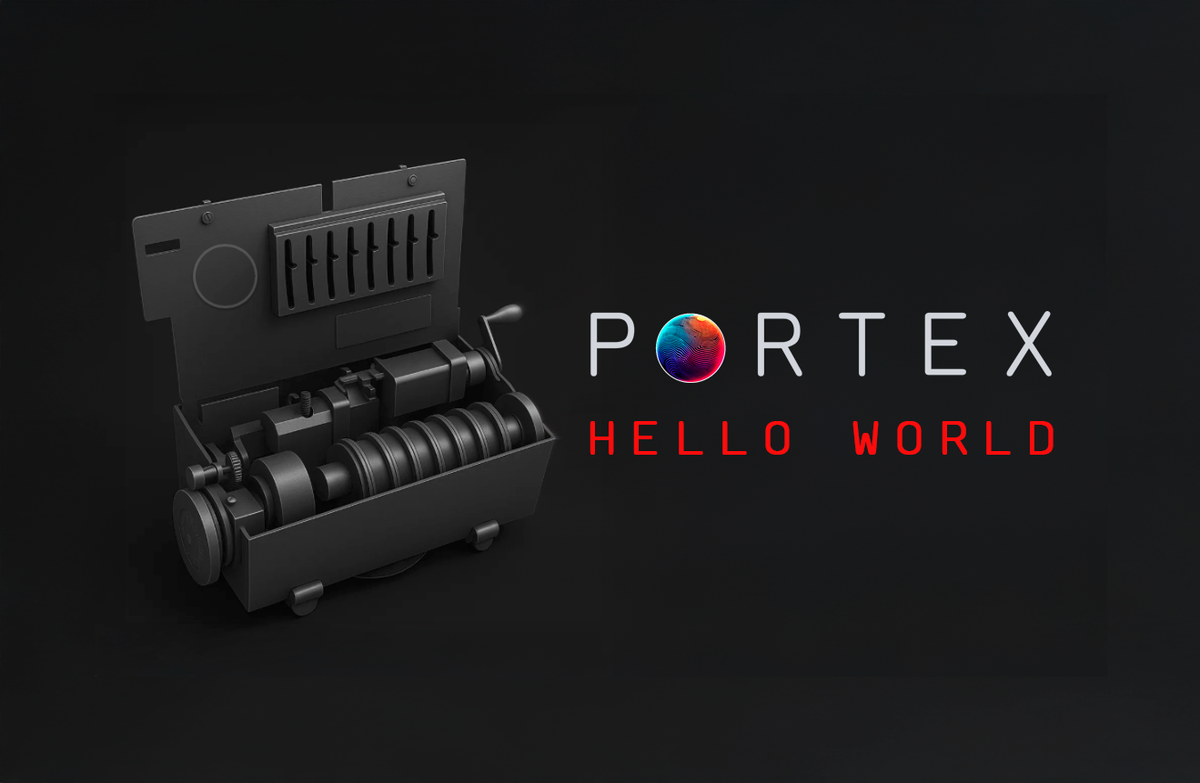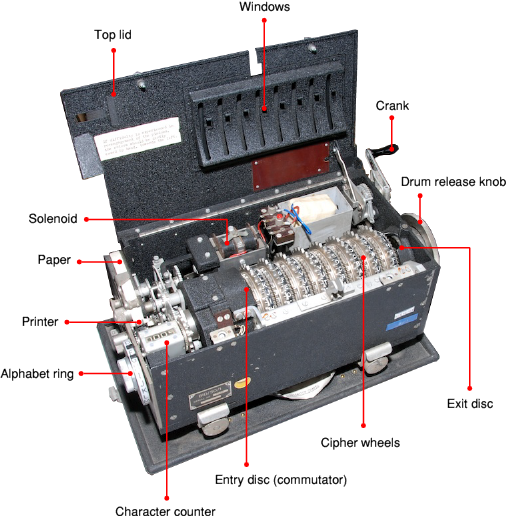
There exists a paradox in the current age of AI.
While data is intuitively the world's most valuable commodity, it remains the only commodity for which there is no public venue for exchange. We believe the way this contradiction is resolved will determine the course of AI development and quite literally humanity's future role in it.
We envision two possible paths that could materialize within this decade as AIs become ubiquitous. The pessimistic path is one where the status quo prevails and a handful of companies retain data collection and monetization globally — a future where property rights are undermined and where data continues to be extracted from those who own it. But there is also an optimistic path where property rights prevail, where data becomes an explicit asset that individuals and organizations can produce, own, and exchange. A future where AI is accelerated by the leaps in data quality and accessibility that can only be provided within a marketplace context.
We are optimists who believe crypto provides the required substrate to create this marketplace. Over the past five years, tokenization standards have achieved considerable maturity and can now be easily applied to non-fungible assets, like data. Decentralized Exchanges (DEXs) facilitate billions of dollars of volume and provide stable pricing via stablecoins. Tooling for Decentralized Autonomous Organizations (DAOs) has evolved considerably and allows for large consortia of data owners to be formed.
We stand on the shoulders of giants as we apply these composable primitives to the tokenization, exchange, and governance of data. At the same time, we are also pragmatists who understand the challenges of applying this vision to the data space. Like anything digital, data can be replicated, forged, or stolen. Data can lack quality and provenance. As such, we're designing our marketplace to iteratively and pragmatically address these issues.
Our story
The Portex founding team traces its roots to the R&D arm of Coin Metrics, a pioneer in the field of onchain data. Working within Coin Metrics’ experimental Labs unit, we bonded over a profound curiosity to decipher blockchains with onchain data, building innovative crypto data products and sharing novel research in long-form reports and State of the Network—the longest-running crypto newsletter focused on onchain data. We all share an excitement for the future of public blockchains and the types of cool applications that we think crypto primitives enable.
As for our name, Portex is a reflection of our shared interests in history and the origins of modern cryptography. The Portex was a British electromechanical cipher machine used by secret services in the UK during the late 1940s and 1950s. It was similar to, but more advanced than, the infamous German Enigma, and pays homage to the early days of cryptography as an emerging field. The world of public blockchains can sometimes resemble the scrambled outputs of a cipher machine, hence our efforts to decipher this emerging space.

Stay tuned
If you are interested in accompanying us on our journey and research, make sure to follow @portexai on Twitter/X and subscribe to our Research below.
The Portex founding team is Lucas Nuzzi (X, Linkedin), Kyle Waters (X, Linkedin), Tadhg Looram (Linkedin)

